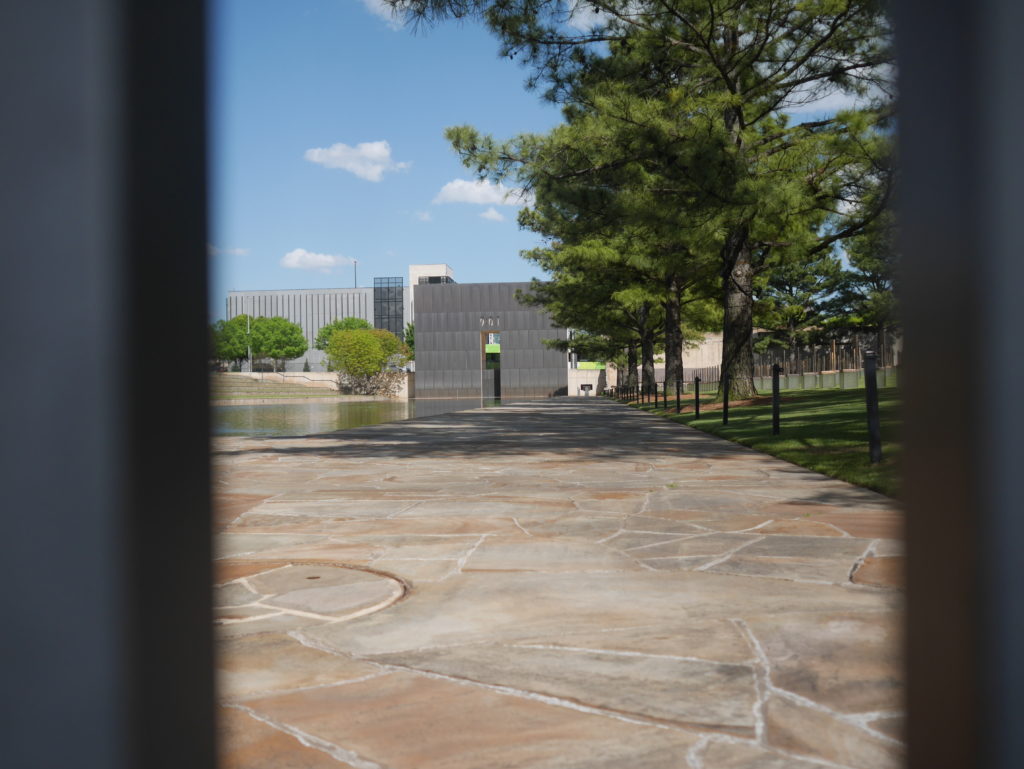
©2020 Derek Henry Flood
Norman- Heading west out of Joplin I quickly crossed into Oklahoma and towards its eponymous state capitol oft abbreviated locally as OKC. I steered straight for the city’s elegant memorial plaza commemorating those killed in the 19 April 1995 truck bombing of the Alfred P. Murrah Federal Building. My visit was two days after the 25th anniversary of the attack, still the largest domestic terror incident in United States history with 168 fatalities. I was last here almost exactly 10 years before, walking around the open air space freely in vast contrast to COVID-19 plagued 2020.
The current pandemic measures meant that families could not grieve publicly. Were discouraged from arriving on the grounds. Could not reconvene with other victim’s families.The streets were hot and quiet. I didn’t stay longer than to shoot a few images. As I drove away I thought about the societal ills woven into the American fabric. The anti-government rage of the bombing’s ex-military conspirators who traveled the arc of being the essence of ‘big government’ ie members of the armed forces, to being anti-federal radicals fit for supermax cells in Colorado. A path from notions of honour and loyalty to these United States to raging against Washingtonian overreach to such an extreme they incinerated children.
Part of what the OKC bombing can teach us is that mass casualty terrorism isn’t framed within a singular ideology such as transnational 21st century salafi Islam, but is more about disenfranchised men moving in a shiftless global world. They are seeking a tether.
Because the 1995 OKC bombing was not carried out by ‘the other,’ it didn’t spark mass xenophobia nor a global war. It was a purely American tragedy that nearly predated the internet as we have come to know it. The then Clinton administration didn’t carpet bomb upstate New York where the principal bomber hailed from. The navy wasn’t mobilised. It was barely even a hiccup in the Clinton presidency. It certainly didn’t jeopardise his reelection the following year.
In fact just the week before, Clinton was courting then Pakistani Prime Minister, the late Benazir Bhutto, whose government was actively fostering the rise of the Taliban in neighbouring Afghanistan. Neither the Taliban nor Osama bin Laden were even mentioned in either of the world leaders’ official remarks on 11 April 1995 as the militants were busy capturing entire provinces.
In fact, in April of 1995, the Union Oil Company of California, now a wholly owned subsidiary of Chevron, was flirting with how to do business with the regime in Turkmenistan and the genocidal Deobandi movement conquering Afghanistan at the time. UNOCAL sought to construct something called the Trans-Afghanistan Pipeline. The hoped for pipeline project that was to funnel natural gas from Turkmenistan’s Dauletabad (“government city,” alt. Farsi transliteration: Dowlatabad) field through Taliban-run Afghan provinces and out to overtly Taliban-friendly Pakistani port facilities on the Arabian Sea.
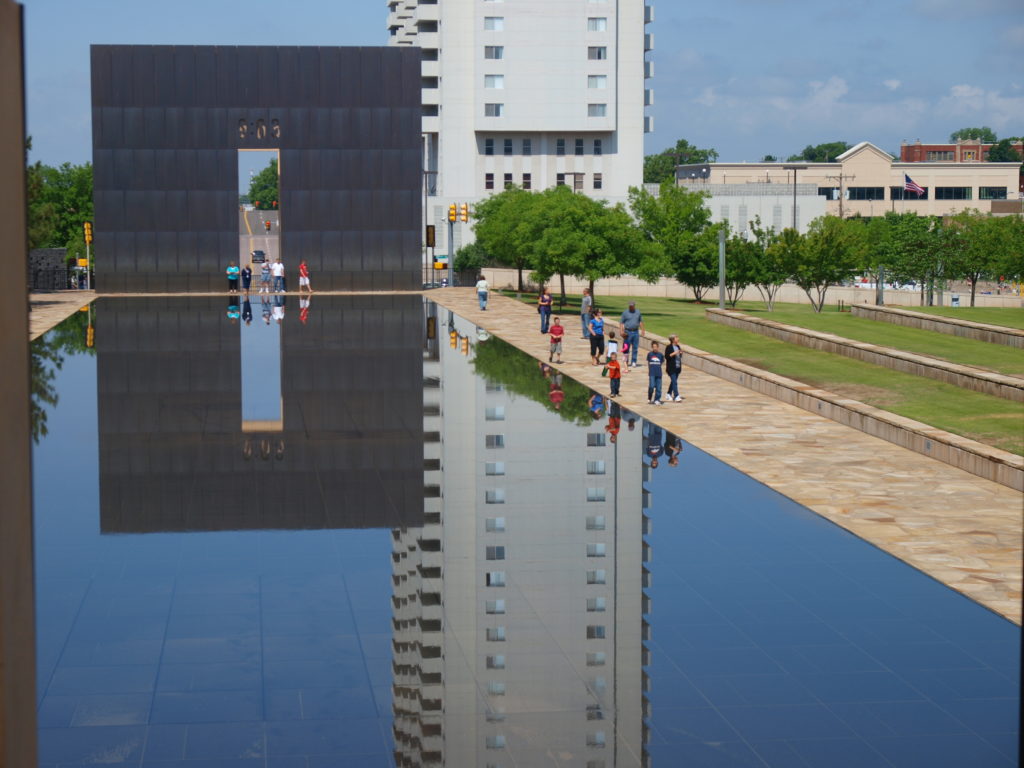
©2010 Derek Henry Flood
Once the formal part of my road trip concluded and I got off the road in the southwest, I discovered a family link of sorts. The devastated OKC building had been named after federal Judge Alfred Paul Murrah, a very prominent Oklahoma jurist who died the month after I was born. My grandfather was a prominent Pennsylvania Superior Court Judge called Gerald Flood Sr. Lewis Powell, then president of the American Bar Association was putting together an elite judicial committee that included Judge Murrah and was to include Judge Flood but Flood died before he could serve with Murrah and Lewis replaced my late grandfather with a Maryland judge called Simon Ernest Sobeloff. So in a way I realised I was a few degrees of separation, albeit very, very tangentially, from the OKC bombing.
Judge Flood, of course nowhere near as well known as Murrah in the present day owing to his somewhat untimely death, was a leading civil rights advocate in Philadelphia in the post-war 1950s long before the cause was fashionable. America was not ‘great’ during this period. It was a tense place where the thriving Irish immigrant community was deeply resentful of southern blacks moving north into working class urban Irish enclaves to look for work in the wake of the Second World War. Things in Philadelphia had reached a boiling point and Flood along with other community leaders attempted to ameliorate the situation by leading the Catholic Interracial Council. His pioneering work was cut short by his death during the heady days of the Johnson administration. The Irish ended up abandoning their neighbourhoods in droves as the blacks moved in. Had he lived just a while longer I think he’d be lauded today beyond the narrow specifics of Irish history in Philadelphia. Alas his life’s work went unfinished and parts of Philadelphia remain starkly divided along ethnic lines to this day.
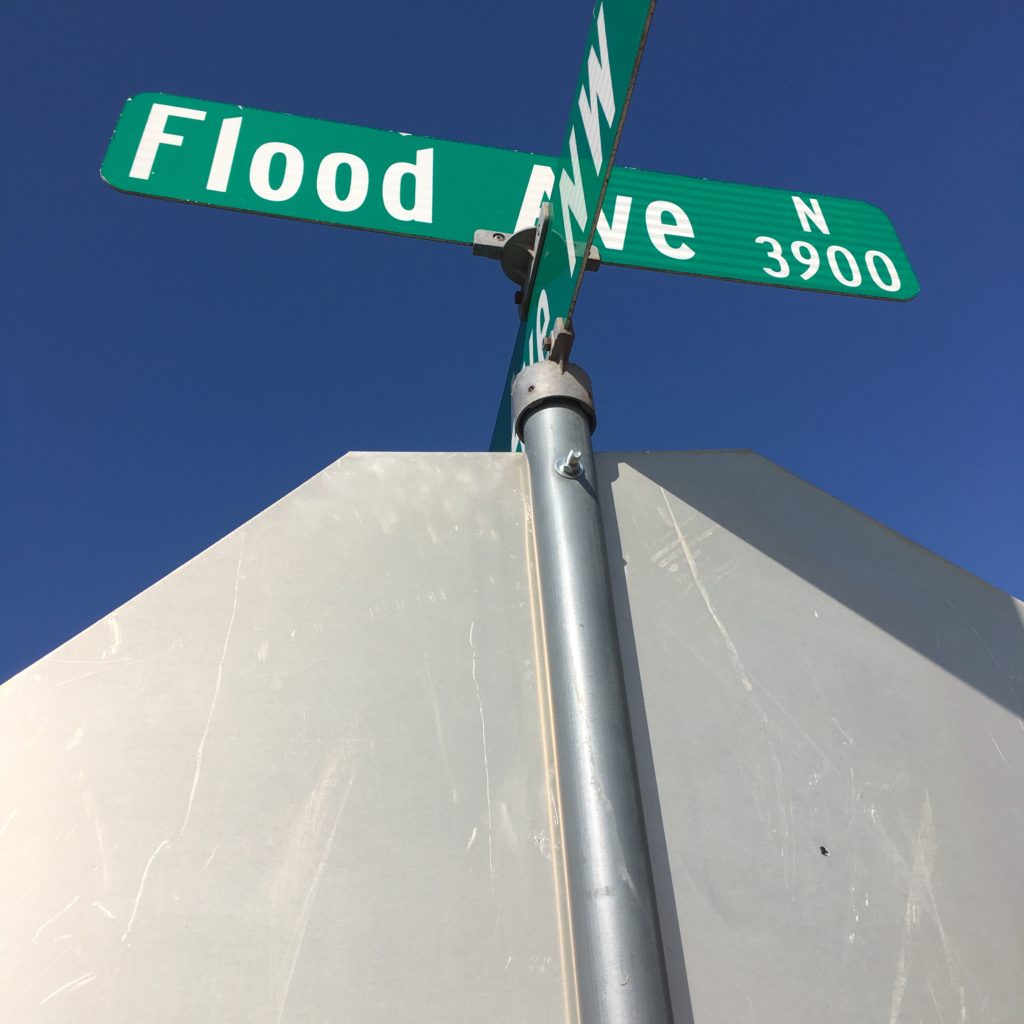
©2020 Derek Henry Flood
Instead of staying in OKC I decided to do, or attempt to do, an old journalism check box mission in Norman, a city to the south. Nineteen years ago, the ’20th hijacker,’ Zacarias Moussaoui, had taken a few months of flight lessons at the long defunct Airman Flight School then located at Westheimer Airport which unceremoniously shuttered in 2005. Whether Moussaoui was part of the original conspiracy or not is still debated to this day to some extent. Moussaoui tried to paint himself as a salafi-jihadi lone wolf in court proceedings. Before settling on a flight school in Venice, Florida, Mohammed Atta and Marwan al-Shehi reportedly scoped out the Airman facility here in Norman but months before Moussaoui arrived.
I decided to go check out Westheimer Airport on the way out of town as I departed for Texas. I was pouring rain, in the midst of a pandemic lockdown, and I was looking for a place that went out of business some fifteen years ago. I couldn’t discern precisely which building Moussaoui had trained in and the 9/11 pilots had visited before getting set up in south Florida. But I was at least at the right complex of buildings. In the wake of 9/11 I’d documented flight schools in San Diego and Scottsdale as part of my domestic tracing of the road, or shall I say the skies, to 9/11 (my image of the San Diego flight school appeared in the 2004 edition of the Time 100 issue). Over the years I’ve amassed a photo archive of the hijackers’ trail around the world and thought I might add to it here in central Oklahoma.
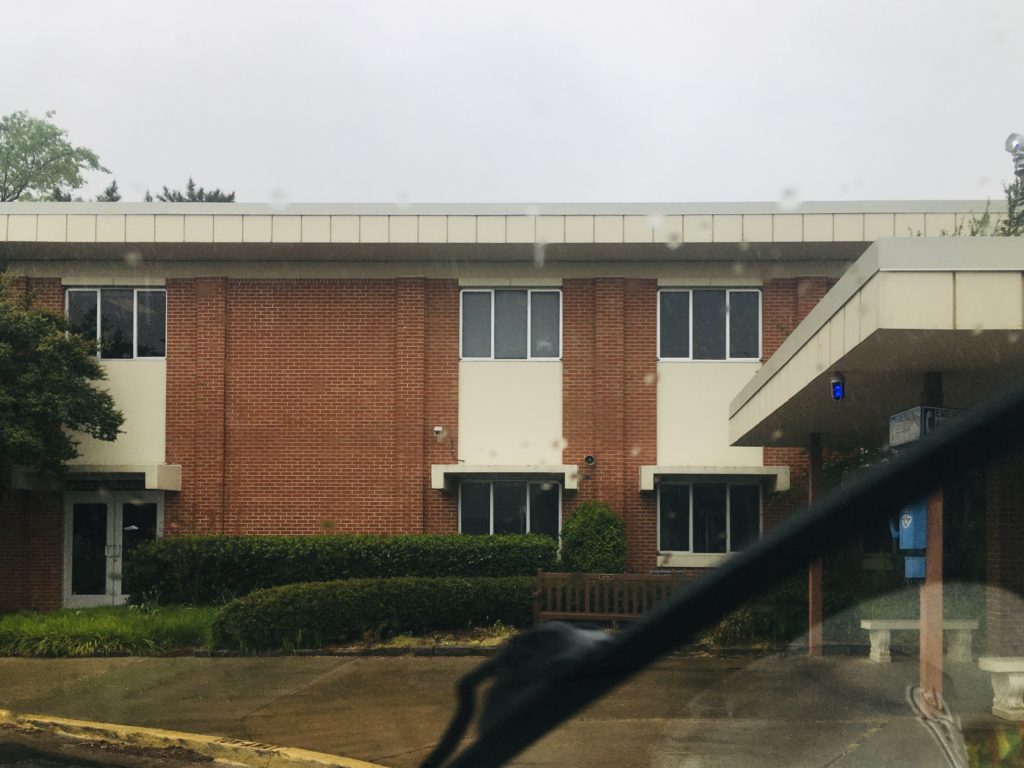
©2020 Derek Henry Flood
Bin Laden’s personal pilot Ihab Ali during his 1990s-exile-in-Sudan period also reportedly trained here at Airman. The Egyptian jihadi-turned-south-Florida-taxi-driver received pilot training here in 1993 before going to Sudan to join the al-Qaeda leader.
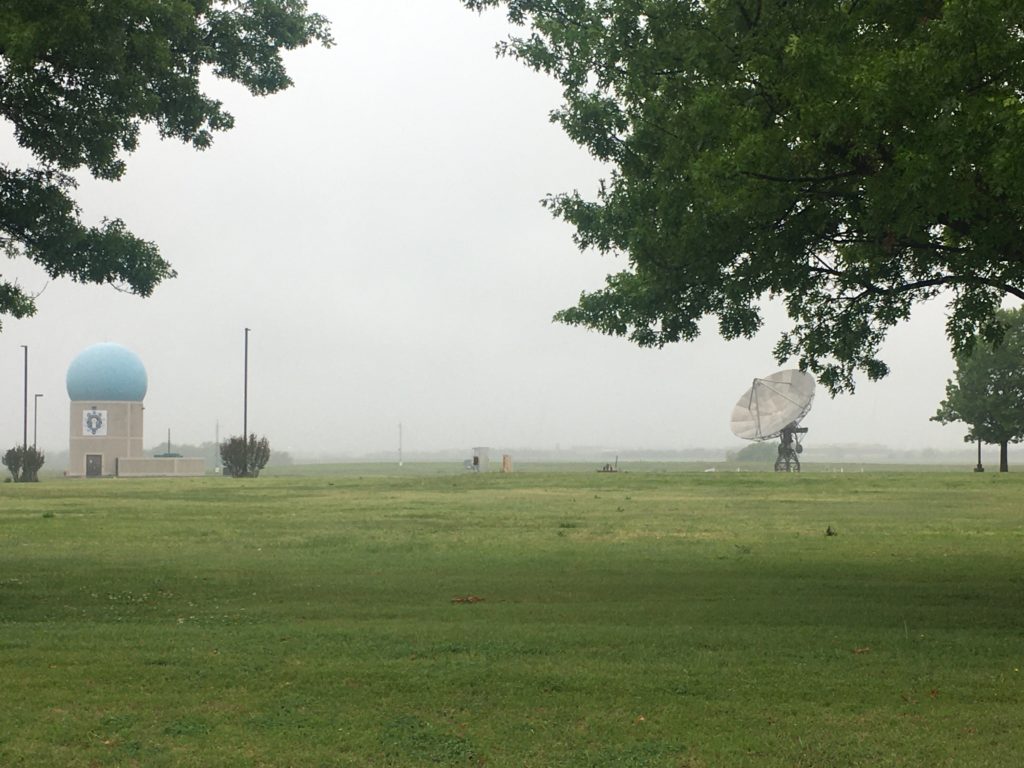
©2020 Derek Henry Flood
Before long it was time to get a soggy sandwich from Subway and get on the road to bluer Texas skies.